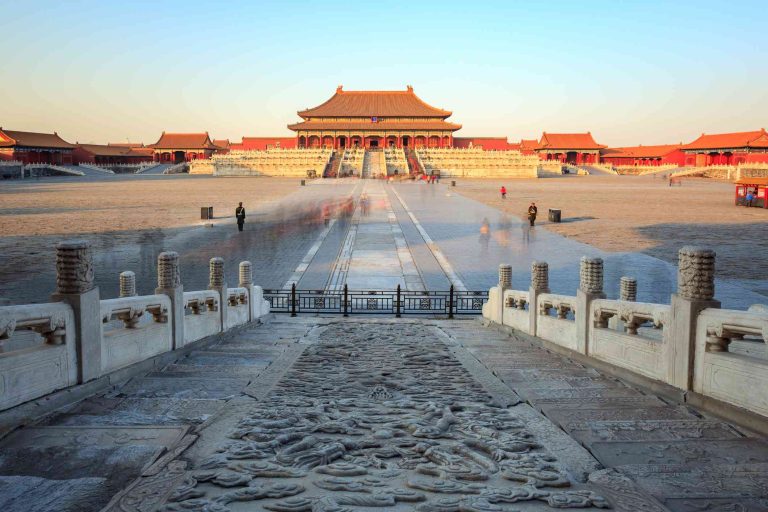What to eat in Beijing
What to eat in Beijing? This is the question that tourists ask the most when arriving in Beijing. Here are the top dishes that Focus Asia Travel recommends you try once when coming to Beijing.
Beijing Roast Duck
Beijing roast duck, or Peking duck, is the epitome of Beijing cuisine and the dish you must try when visiting Beijing. The dish is mostly esteemed for the thin, crispy skin, with authentic versions of the dish serving mostly skin and little meat.
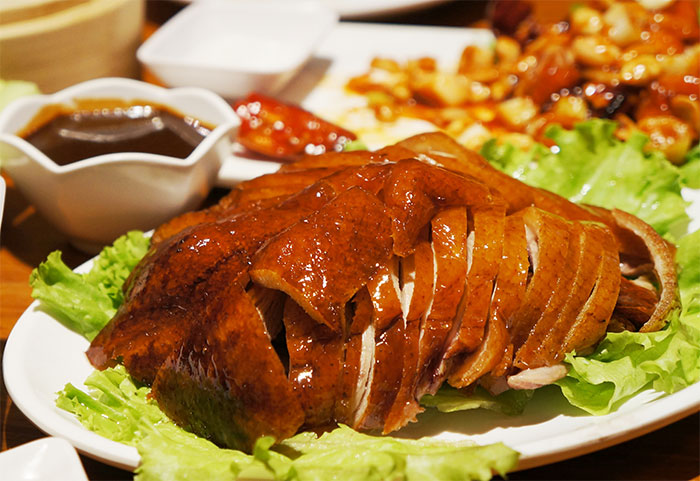
Beijing Roast Duck. Photo: Collected
While sauces and accompaniments will vary between restaurants (the most common being scallion and cucumber) it is difficult to go wrong with roast duck in Beijing.
If you eat at one of Beijing’s more famous duck restaurants it will also be accompanied by a short demonstration on the correct way to assemble a Peking duck wrap using chopsticks.
Jiaozi – Chinese Dumplings

Jiaozi. Photo: Collected
Jiaozi is another dish that can be found anywhere across Beijing.
While there are a number of better-known dumpling restaurants and chains, some of the tastiest dumplings (and most interesting experiences) can be found in smaller, less conspicuous family eateries where dumplings are the only thing on the menu.
A plate of Jiaozi with a soy sauce, vinegar and chili dip is synonymous with Northern Chinese cuisine.
Jing Jiang Rousi — Shredded Pork in Beijing Sauce

Jing Jiang Rousi. Photo: Collected
Jing jiang rousi is another dish incredibly popular with local Beijingers, and unlike many of the city’s other popular dishes, it originated in the capital.
Its popularity may stem from its simplicity: sliced pork cooked in a sweet bean sauce, served with soy bean wraps. Jing jiang rousi is a necessary component of any authentic Beijing dining experience.
Noodles with Soybean Paste — Zhajiang Mian
What to eat in Beijing? Definitely can’t miss Noodles with Soybean Paste – Zhajiang Mian
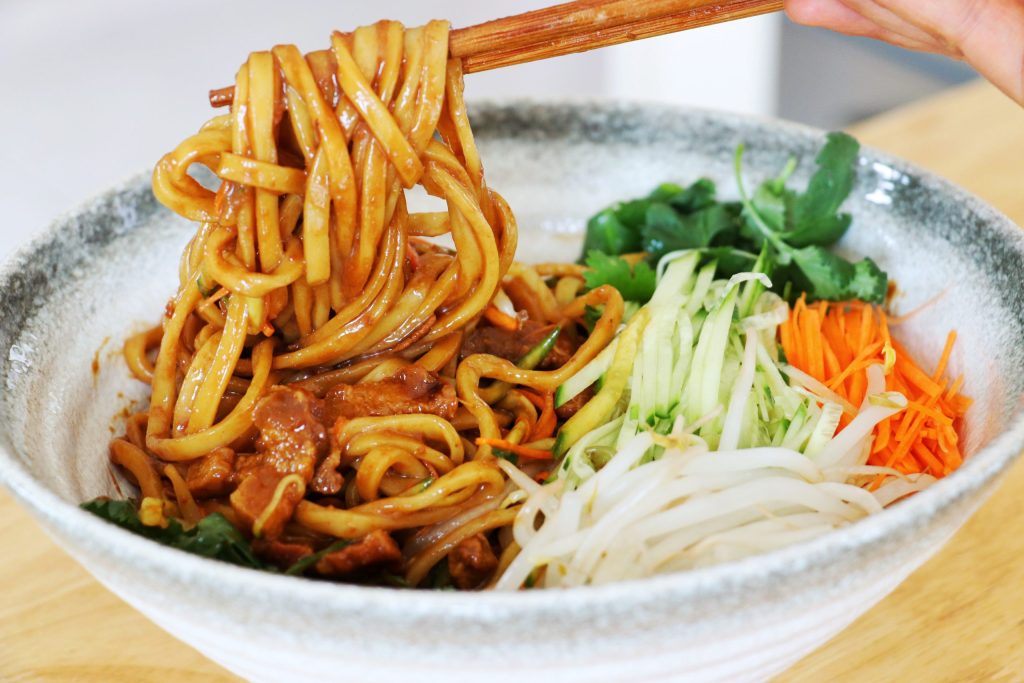
Noodles with Soybean Paste. Photo: Collected
Zhajiang mian is very popular when it comes to traditional Beijing cuisine, and is sometimes referred to simply as ‘Beijing noodles’.
It has three main ingredients: wide hand-pulled noodles, vegetable pieces, and pork. Vegetables vary seasonally, but there are never less than seven kinds. It is an ideal lunch time snack for visitors short on time as it is usually ready seconds after you order. As an added bonus it is very inexpensive.
Mongolian Hotpot
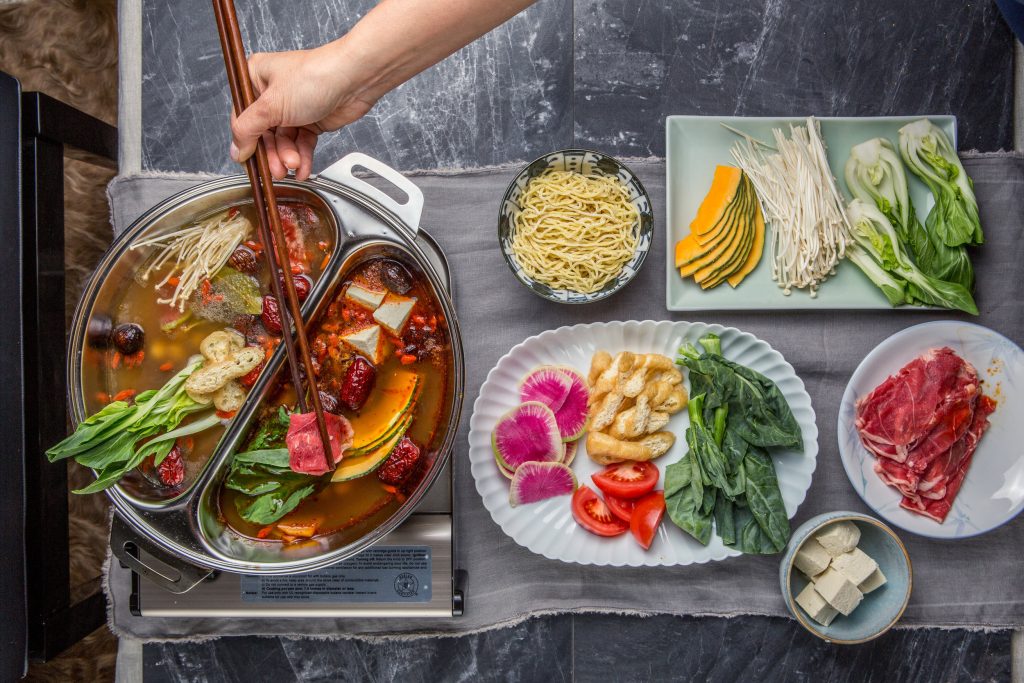
Mongolian Hotpot. Photo: Collected
Mongolian hotpot, a dish that’s history dates back over 1,000 years, is as much about the enjoyment of the cooking as it is the taste.
Traditional hotpot meals involve sitting around a large pot of boiling soup, in which you cook your own food. Although Mongolian hotpot usually involves a large amount of lamb, any number of meats, vegetables, and breads are available. These are sliced thin to ensure they cook quickly and evenly.
This northern-Chinese style of hotpot uses a soup that is less spicy and generally less flavored than its southern counterparts, with more emphasis being placed on the ingredients that are cooked rather than what they are cooked in.
Tanghulu — Candied Fruit on a Stick
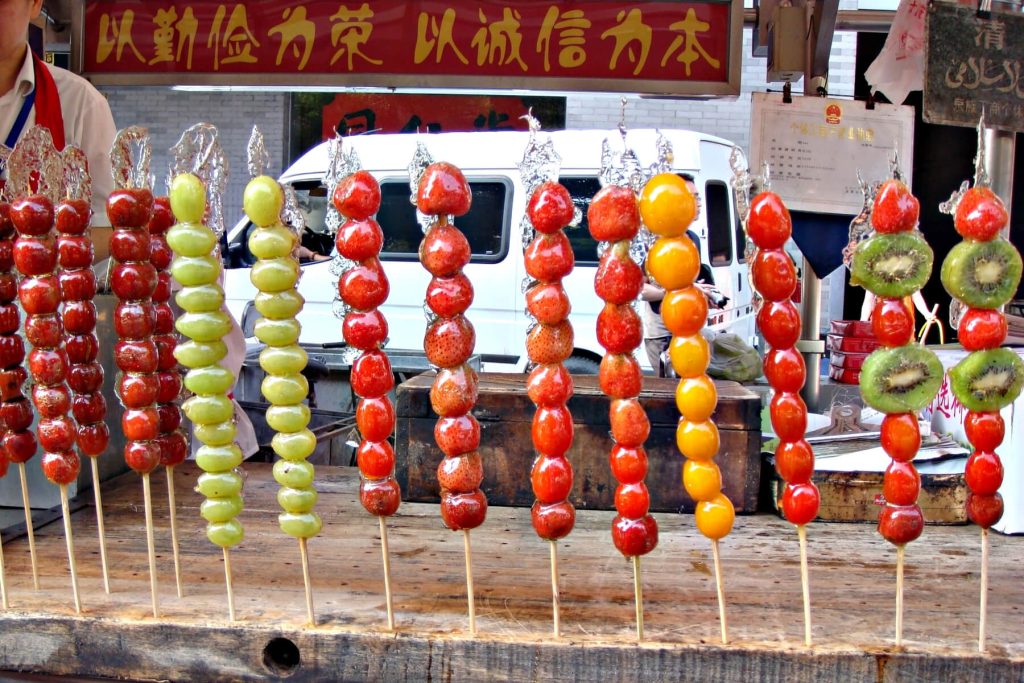
Tanghulu — candied fruit on a stick. Photo: Collected
Tanghulu, the “Chinese toffee apple”, is an old Beijing-style dessert consisting of a skewer with fruits dipped in liquid sugar then dried. They are about 20 cm (8″) long and include many kinds of fruits coated in sugar, such as crabapples, kiwis, cherries, tomatoes, pineapples, grapes, strawberries, and so on. When you bite into a tanghulu, it has a wonderful crunch!
In Beijing, they are easy to buy from carts by the side of the street, and are popular with kids.
>> More read:
HANOI – DALI – LE GIANG – SHANGRILA 6 days 5 nights (QH CHARTER FLIGHT)













